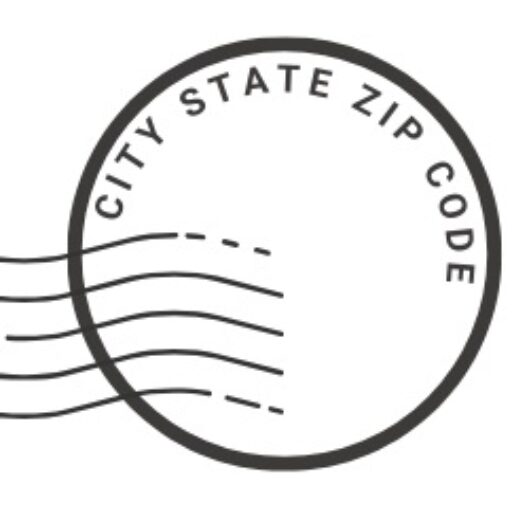History
10 American Classics Fading Into Memory
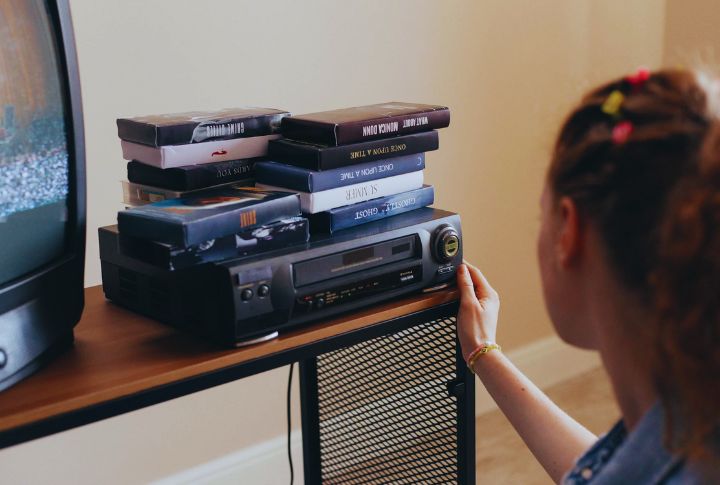
Everything popular has an expiration date—just ask the nearest Blockbuster. A bunch of once-cherished staples are now collecting dust or fighting to stay alive. Blame convenience or plain old disinterest. Feel like taking a stroll down memory lane with a few gut punches along the way? Here’s what’s fading fast.
Classic American Diners

Those chrome-plated diners with jukeboxes and booths? They’re vanishing fast. Blame fast-casual chains and health-conscious eating. Since the ’80s, over half of these cozy spots have shut down. A few try to hang on with themed nights and retro menus. Still, scrapple and apple pie can’t compete with smoothie bowls forever.
Shopping Malls
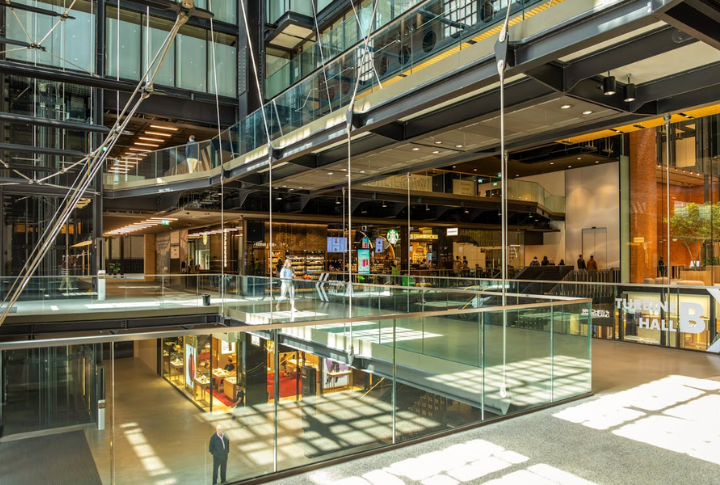
Shopping malls were once buzzing symbols of American life. Teens hung out by fountains, families filled food courts, and weekends revolved around retail. While e-commerce has emptied many malls, the Mall of America still proves some magic remains. Repurposed or not, these places reflect a time worth remembering and maybe preserving.
Public Payphones

Public payphones used to be a lifeline, just 25 cents a call in the ’80s. Before cell phones, they were essential for emergencies. These days? They’re rare sights. Most have been pulled from U.S. cities. A few survive, turned into quirky Wi-Fi hotspots or even art displays. Remember The Matrix? That phone scene? Iconic.
Cable Television

In 2000, over 100 million U.S. households were subscribed. But things have changed since then. Furthermore, streaming giants like Netflix have pulled millions away since 2015. Rising costs haven’t helped. Some channels bundle into apps to survive, but old reruns like Friends are doing most of the heavy lifting.
Local Bookstores

A local bookstore is more than just shelves and spines; it represents history and community. Although 40% have vanished since the 1990s, a few still endure by hosting readings, offering coffee, or selling vinyl. America’s oldest bookstore still stands in Pennsylvania, a symbol of quiet resilience fueled by readers who still believe in small shops.
Print Newspapers

Newspapers first appeared in Boston in 1690 and quickly became a cornerstone of American life. Over time, digital news and shrinking ad revenue led to a sharp decline in print circulation, now down more than 50% compared to earlier decades. Many local papers shut down, while others pivoted to community-focused reporting. Rare editions with historic headlines have become prized collectibles.
VCRs And VHS Tapes
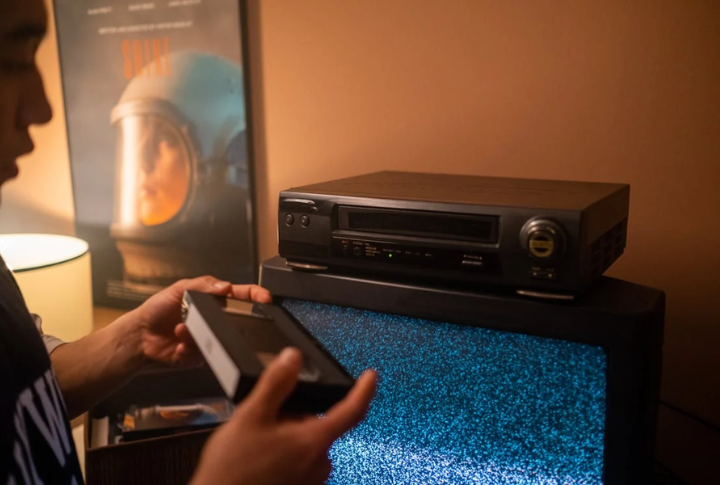
VHS tapes were the primary format for home entertainment throughout the 1980s and 1990s, but they gradually gave way to DVDs and streaming services. Production of new tapes stopped in 2006, and most households have since abandoned VCRs. Today, rare editions—particularly early horror titles—appeal to collectors. Blockbuster’s fall further mirrored the decline of VHS rentals.
Check Writing
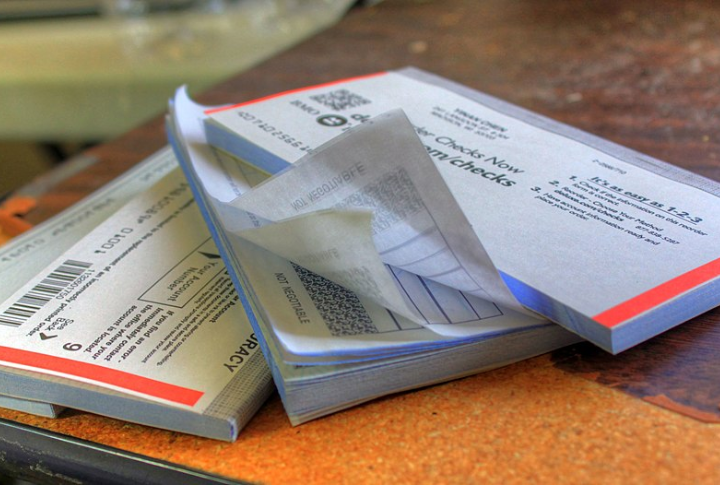
Check writing has dropped by 75% as digital payment apps like Venmo take over. Many businesses have stopped accepting them, though banks still issue checkbooks, especially to older customers. In the 1980s and ’90s, checks often featured custom designs and personal flair. Today, they’re rarely used and carry increased fraud risk.
Physical Photo Albums

Physical photo albums are in decline. With 80% of Americans storing photos digitally, fewer are printing them. Scrapbooking, once popular in the 1990s, has dropped off. Despite that, albums remain valuable for genealogy research. A few companies now offer digital-to-print services, hoping to bring the classic photo album back.
Cursive Handwriting

Many U.S. schools stopped teaching cursive due to digital communication and Common Core standards. Currently, only 25% of students learn it, down from 90% in the 1970s. Cursive remains essential for signing legal documents. Several states have reinstated cursive education after parents pushed back. Still, handwritten cursive letters are now seen as a vintage art form.
History
The Unconquered Native American Tribe That Stood Its Ground
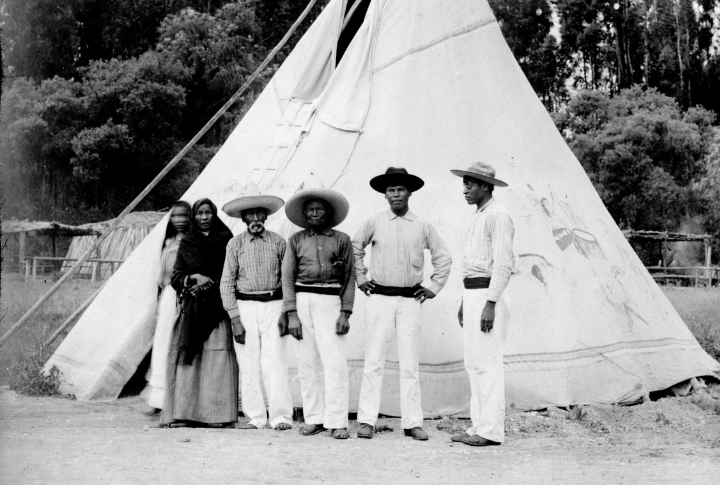
Throughout history, many Native American tribes faced overwhelming pressure to assimilate or submit, but one remained steadfast. Their resilience and determination became legendary. This is the story of the tribe that refused to yield and preserved its way of life against all odds.
The Yaqui Homeland And Identity
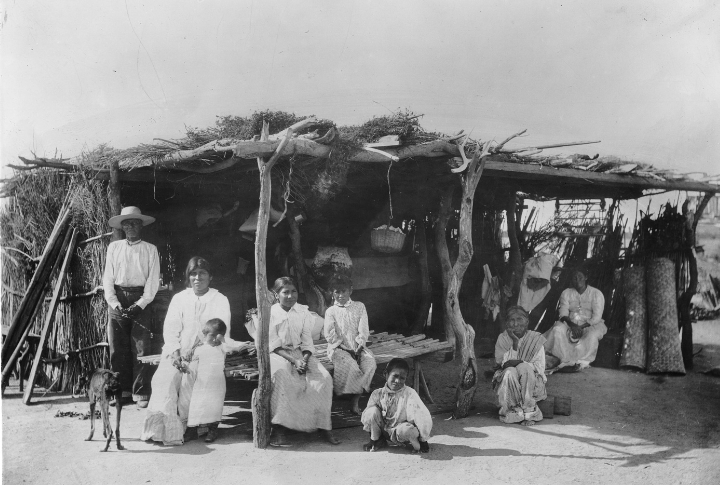
Sun-scorched deserts and fertile river valleys shaped the Yaqui way of life. They mastered agriculture, growing maize and squash while fishing the Rio Yaqui’s waters. Their spiritual beliefs, deeply tied to nature, strengthened their cultural resilience long before outside forces attempted to uproot them.
A Standoff With Spanish Conquistadors

When Spanish explorers arrived in the early 1600s, they expected surrender. Instead, they encountered skilled defenders who knew every crevice of their land. The Yaqui stood firm but also negotiated strategically. Rather than being overrun, they secured peace under conditions that preserved their independence—a rare victory at the time.
Cajeme’s Defiance Against The Mexican Government

A leader, a strategist, and a symbol of resistance—Cajeme guided the Yaqui through one of their most challenging eras in the 19th century. He planned defenses and orchestrated ambushes. In addition, he built strongholds and refused to bow to external rule. Even after his capture, his name fueled further defiance.
The Bacum Massacre’s Haunting Legacy
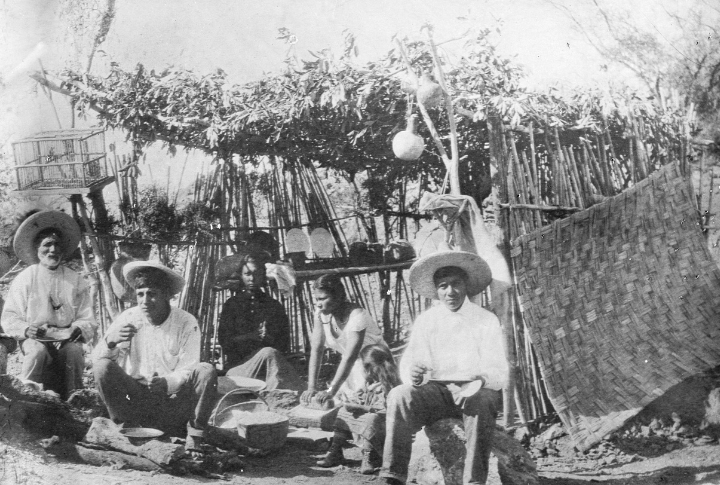
A church should have been a place of safety, but in 1868, it became a site of devastation. Mexican forces stormed a Yaqui village, taking the lives of over 120 people inside a place of worship. This brutal act only strengthened the tribe’s determination, ensuring their struggle for survival continued.
Forced Labor And The Long March South
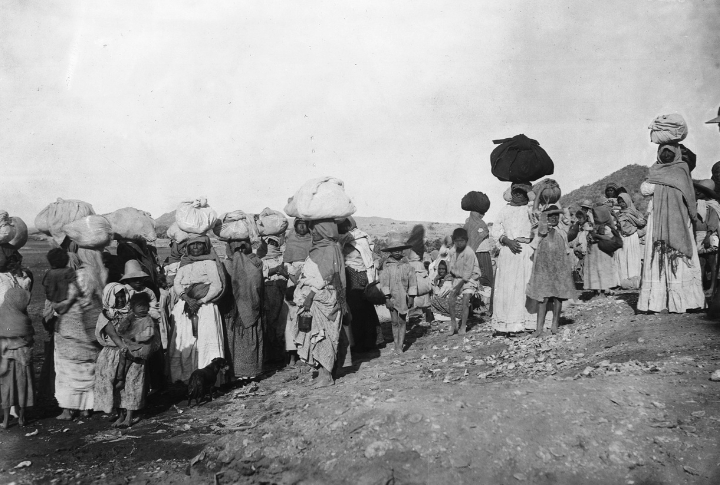
Not all conflicts were fought on the battlefield. Thousands of Yaqui families were forced onto trains and sent to distant plantations, where they endured relentless labor under harsh conditions. Many never returned, but those who escaped carried their stories home, igniting new waves of resistance against displacement.
Seeking Refuge In The United States
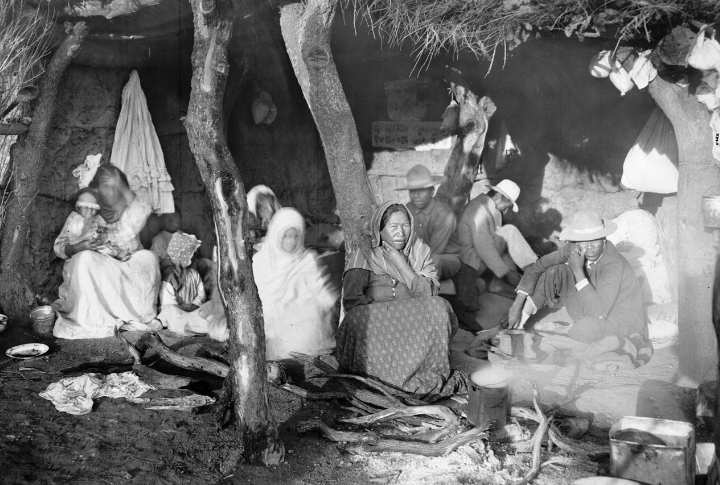
Exile was not surrender—it was survival. Crossing into Arizona, many Yaqui found safety but faced new struggles. They built communities in Tucson and Phoenix, determined to preserve their traditions while adapting to an unfamiliar world. Against all odds, they proved that identity can endure across borders.
Unbreakable Rituals And The Power Of The Deer Dance
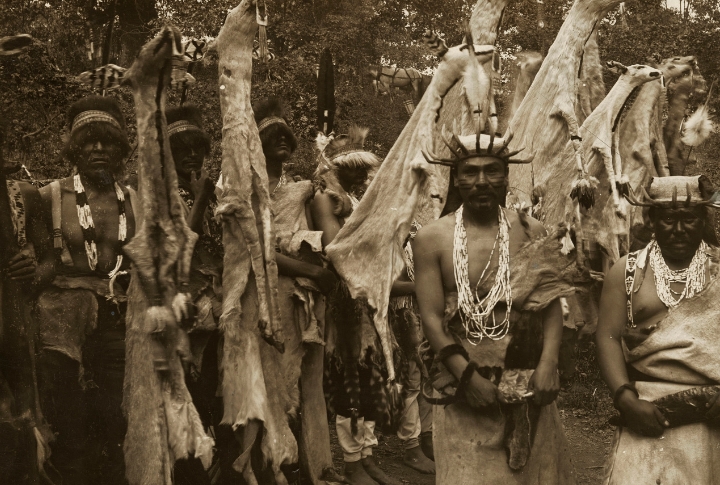
Ceremonies became acts of defiance. The Deer Dance, a mesmerizing blend of movement and music, honored their connection to nature and reinforced unity. Spanish priests once tried to silence it. Today, it remains a powerful symbol of endurance, performed by Yaqui dancers across generations.
Strategic Adaptation During The Mexican Revolution
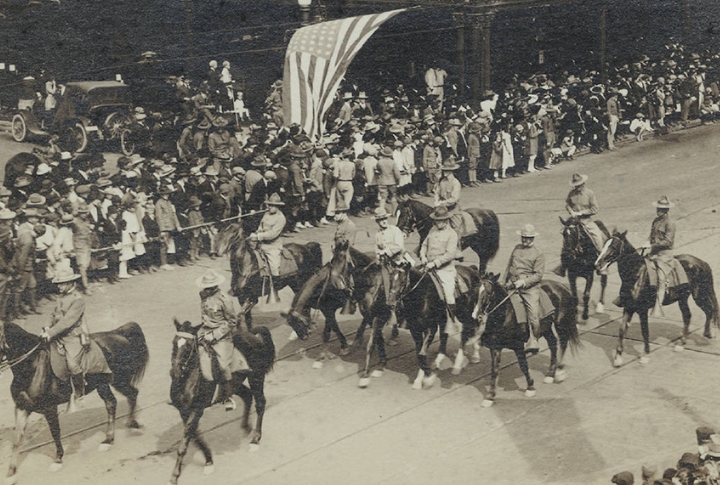
In turbulent times, the Yaqui adjusted. Their fighters mastered quick, unpredictable strikes, using their deep knowledge of the terrain to outmaneuver much larger forces. Aligning with different revolutionary groups when necessary, they turned shifting alliances into opportunities for survival and influence.
Land Promises And Ongoing Struggles In The 20th Century
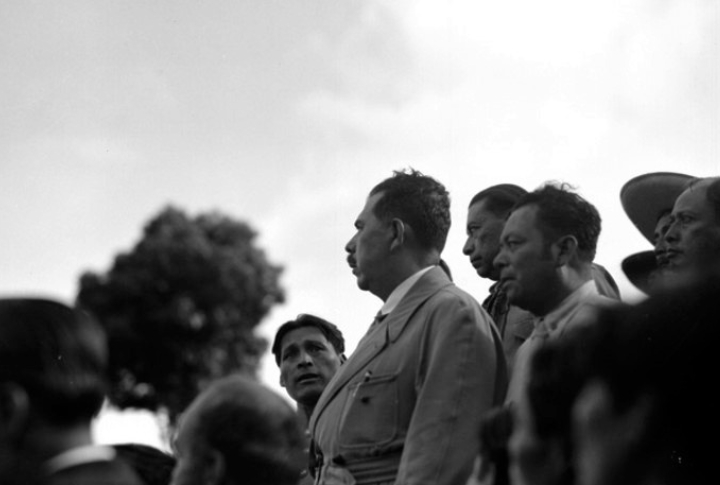
Hope emerged in 1937 when President Lazaro Cardenas recognized Yaqui’s land rights. But official agreements didn’t stop encroachment. Water projects diverted their river, and industrial expansion threatened sacred lands. In addition, policies continued to undermine their sovereignty.
The Fight To Save The Rio Yaqui

The Rio Yaqui, a lifeline for generations, faces new threats. Government-backed projects have diverted its flow, endangering the Yaqui’s ability to sustain their communities. Protests, law battles, and organized movements have become their tools of resistance.
History
10 U.S. Churches That Fell To Time And Circumstance

Abandoned churches in the U.S. are more than just forgotten buildings; they are the remnants of communities that once found solace in these sacred spaces. Many of these churches carry tragic backstories that remain largely untold. Here are 10 abandoned churches in the U.S. with poignant stories.
City Methodist Church, Indiana

Grand arches now frame shattered stained glass, whispering tales of a lost era. Once the largest Methodist church in the Midwest, this Gothic masterpiece closed in 1975 as Gary’s economy collapsed. Today, urban explorers wander its ruins, drawn to the haunting beauty of decay.
First Baptist Church of Augusta, Georgia

Marble columns still stand, but the congregation is long gone. Built in 1902, the First Baptist Church of Augusta, Georgia, was an architectural marvel before time and neglect consumed it. This particular church, distinct from the active First Baptist Church of Augusta established in 1817, now exists only as an abandoned structure.
Woodward Avenue Presbyterian Church, Detroit, Michigan
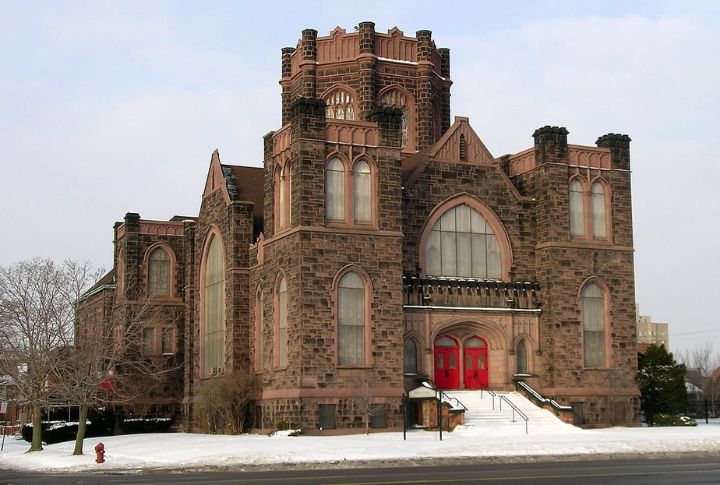
Rising from Detroit’s skyline like a forgotten relic, this church once commanded attention with its towering spires and intricate Gothic design. Built in 1911, it flourished as the city’s population boomed. But as economic hardships gripped the area, attendance waned, and by 2005, the grand sanctuary fell silent.
St. Luke Baptist Church, Marianna, Florida

Founded in 1867, it stood as a pillar of faith and resilience for the local Black community. As the years passed, its congregation thinned, and time took its toll on the structure. Now, weathered wood and crumbling walls remain, whispering stories of devotion, unity, and the passage of time.
Church of the Transfiguration, Buffalo, New York
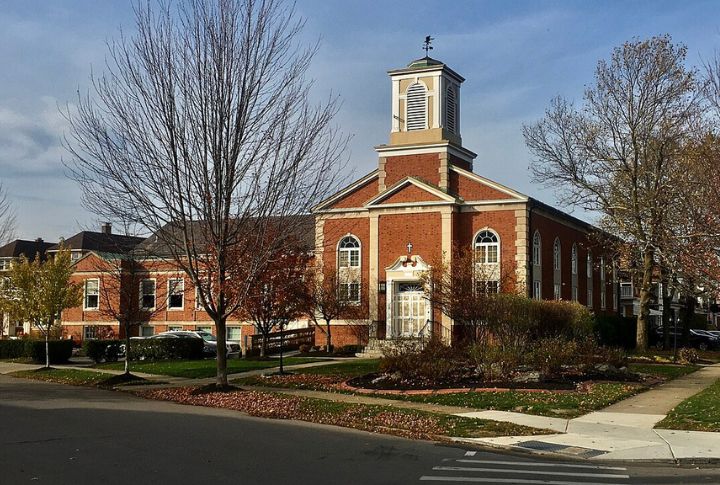
Once a thriving sanctuary for Polish immigrants, the Church of the Transfiguration now stands as a ghostly monument to time’s passage. This church closed in 1991, which left behind its towering Gothic spires and crumbling stained glass. A roof collapse in 2020 sealed its fate, yet its haunting beauty continues to draw urban explorers and historians.
First Church of Christ, Scientist, Princeton, New Jersey

The charred ruins are a stark reminder of this church that was once a favorite among some. Flames consumed a century-old landmark, but its significance remains. This 130-year-old Princeton church was more than just a building—it was a cornerstone of faith and history.
Old Brick Church, Bacon’s Castle, Virginia

The Old Brick Church near Bacon’s Castle, Virginia, is a haunting relic of colonial America. It once echoed with sermons and hymns after construction in 1754 but fell into abandonment after the Church of England was disestablished. A fire in 1868 left it in ruins, yet its weathered brick walls still whisper stories of faith and resilience.
St. Michael’s Catholic Church, Cleveland, Ohio
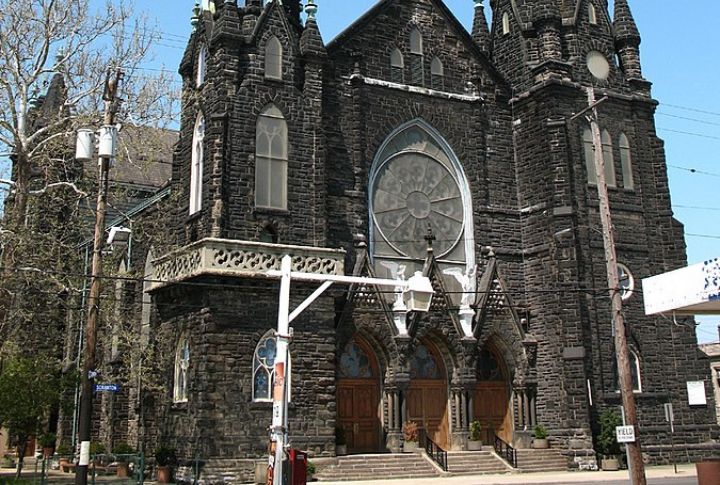
In Cleveland, Ohio, a Gothic Revival church once stood as the heart of the Catholic community. Built in 1853, St. Michael’s Catholic Church was known for its stained glass windows and towering spires. However, by the 1970s, the congregation had dwindled, leading to its abandonment.
The Old Stone Church, Cleveland, Ohio

Built in 1820, it is one of the city’s oldest remaining structures. Originally a Presbyterian church, it witnessed the city’s early growth. As Cleveland expanded in the 1950s, the congregation moved to a larger facility, and the Old Stone Church was abandoned. Despite its emptiness, the church remains an iconic part of the city’s history.
Grace Episcopal Church, New York City, New York

This church, founded in 1808, once symbolized the religious and cultural spirit of Manhattan. Known for its grand architecture and community involvement, it was a key part of the city’s Episcopal presence for over a century. The attendance declined as the 20th century wore on, and the church was eventually abandoned.
History
5,000-Year-Old Volcano Showing How Ancient Communities Responded To Climate Catastrophe

Around 2900 BCE, a cataclysmic volcanic eruption reshaped the world in ways that would be felt for generations. The massive blast spewed ash into the sky, blocking sunlight and triggering a dramatic period of global cooling. The effects were felt throughout the globe, and different cultures reacted differently. Here’s how.
The 5,000-Year-Old Volcano And Its Impact On Climate

This volcanic winter lasted several years, and it made life harsh for Neolithic societies. Cooler temperatures led to devastating climate changes, pushing ancient communities to adapt quickly. As the darkness took over, populations sought answers through rituals and offerings, with many turning to symbolic acts.
Evidence Of Climatic Catastrophe In Ice Cores

Ice cores from Greenland and Antarctica contain sulfate traces from the 2900 BCE eruption, and they provided key evidence of its global impact. These layers of sulfuric particles confirm that a volcanic event large enough to alter global climate occurred.
The Mysterious Sun Stones Of Denmark

On the island of Bornholm, archaeologists uncovered 614 sunstones—flat shale pieces adorned with sun motifs and images resembling fields and crops. These items were buried in a ditch around 2900 BCE, likely in response to the environmental catastrophe.
The Community’s Unified Response To Disaster

Dr. Rune Iversen, an archaeologist involved in the study, explains how the shared nature of these offerings may have united the community in facing a dire, shared fate. Archaeologists speculate that the event marked a turning point in the community’s relationship with nature.
The Role Of Sun Motifs In Ancient Rituals

Sun motifs appear across cultures and are often used to symbolize life and fertility. The sunstones of Bornholm reflect this symbolic connection to sustenance. At a time when crops failed, ancient societies used these powerful symbols to express their dependence on the sun’s life-giving energy.
Famine And Crop Failures
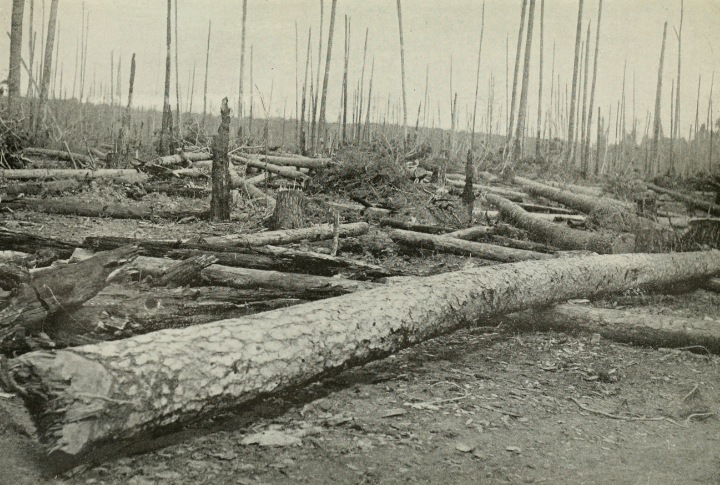
Around the world, the eruption’s effects were felt. With temperatures dropping significantly, entire regions saw their harvests destroyed. The aftermath of such events caused massive food shortages, and it pushed ancient societies to resort to any means necessary to survive, including ritual offerings.
Neolithic Communities’ Resilience Beyond Rituals

In addition to ritual sacrifices like the sunstones, Neolithic communities likely adapted their lifestyles to combat the prolonged volcanic winter. Changes in settlement patterns suggest a shift toward communal living, where pooling resources and sharing food became essential for survival.
Traces Of The Eruption’s Aftermath In Other Regions
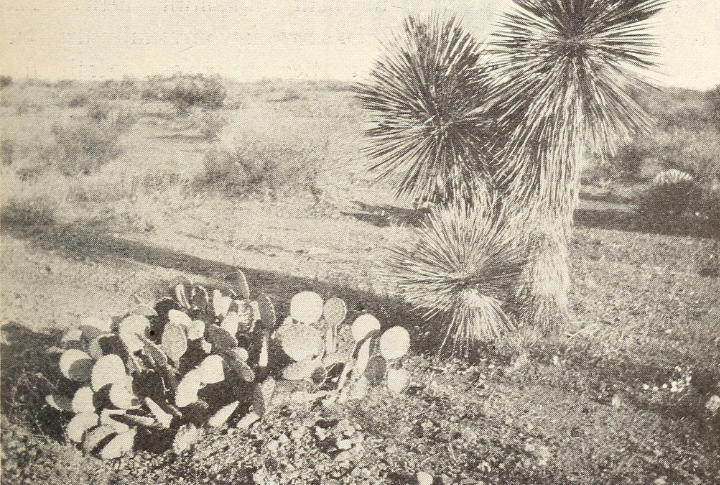
The 2900 BCE eruption left a distinct fingerprint far beyond Denmark. Evidence from regions like the Middle East shows increased reliance on drought-resistant crops and innovations in irrigation systems. These adaptive strategies reveal how ancient societies around the globe responded with ingenuity to counteract the disruptions.
Spiritual Beliefs Shaped By Natural Disasters

The catastrophic eruption may have influenced long-term spiritual beliefs in Neolithic societies. Symbols like the sun became central to rituals, possibly reflecting a newfound reverence for celestial forces. This event likely marked a shift in how ancient communities interpreted natural phenomena.
The Birth Of Organized Leadership

The volcanic eruption triggered lasting changes in governance among ancient societies. As resources dwindled, communities developed formal leadership roles. These structures enabled organized crisis responses, resource allocation, and ritual coordination. Archaeological evidence suggests this shift fostered social cohesion, reinforcing shared identities and long-term survival strategies.
-

 Travel6 days ago
Travel6 days ago10 Remote Hideaways Scattered Across The Great Basin
-
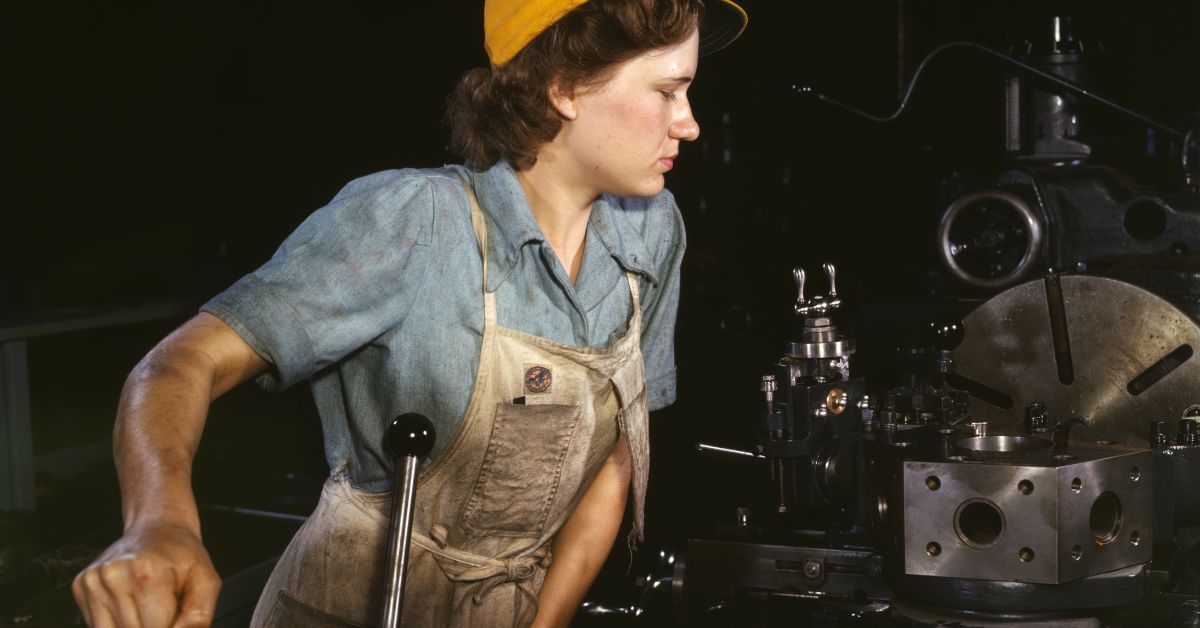
 Lifestyle9 months ago
Lifestyle9 months ago20 Smart Ways People Saved Money During The Great Depression
-

 States6 months ago
States6 months ago10 U.S. States Facing Groundwater Depletion
-

 Lifestyle11 months ago
Lifestyle11 months ago15 Misconceptions About Christians You’ve Probably Believed
-

 California3 weeks ago
California3 weeks ago10 Wonders At The Kings Canyon National Park
-

 Lifestyle6 months ago
Lifestyle6 months ago20 Survival Skills Your Grandparents Knew By Heart
-

 Lifestyle9 months ago
Lifestyle9 months ago15 Things You Should Never Say on a First Date
-

 Animals7 months ago
Animals7 months ago15 Best Pets for Small Apartments
